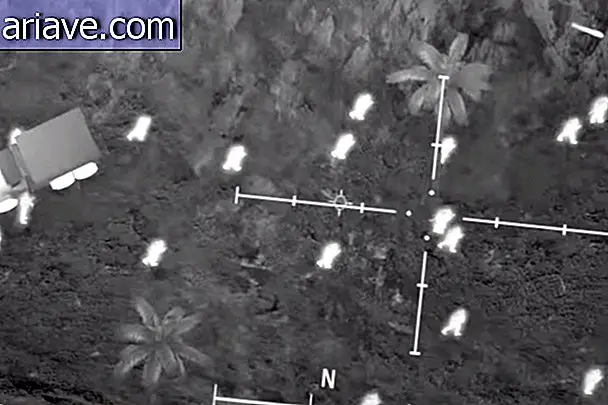NASA: Comet 'C / 2019 Q4' came from outside the solar system
The newly discovered comet C / 2019 Q4 may be the second interstellar object ever observed by humans at all times. Discovered on 30 August by Gennady Borisov from the MARGO Observatory in Crimea, the comet is being studied by NASA.
The reason scientists suspect that C / 2019 Q4 originated outside the solar system is the speed with which it travels: approximately 150, 000 kilometers per hour. The faster a celestial body travels, the more likely it is to originate from outside our planetary system.

Fortunately (or not for some), the C / 2019 Q4 poses no risk to the earth. At the nearest point that he will pass us, he will be 305 million kilometers away. This is also the minimum distance it will be from the sun, which should occur on December 8 this year. Around this time, too, is that its brightness will be more visible to terrestrial observatories.
At the moment, the comet is 418 million kilometers from the sun, and coming towards our system. Scientists assume that after passing here, it must exit the solar system and return to open space without altering its route.
C / 2019 Q4 was considered a comet because of its diffuse appearance, with the center of its body appearing to be made of ice. If it is confirmed as an interstellar object, it will be the second observed by us so far. In October 2017, the comet Oumuamua had already been considered to originate outside the solar system.
NASA: Comet 'C / 2019 Q4' came from outside the solar system via TecMundo











